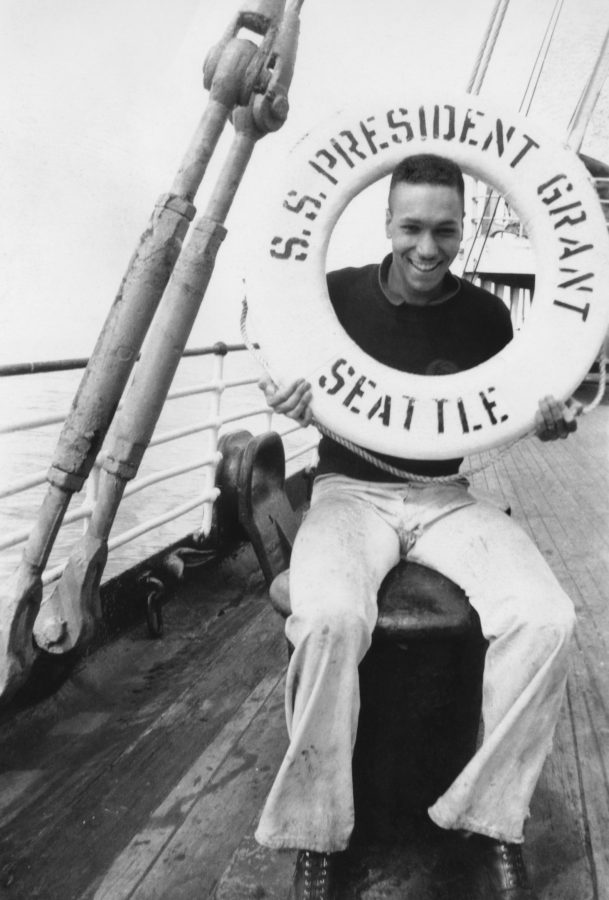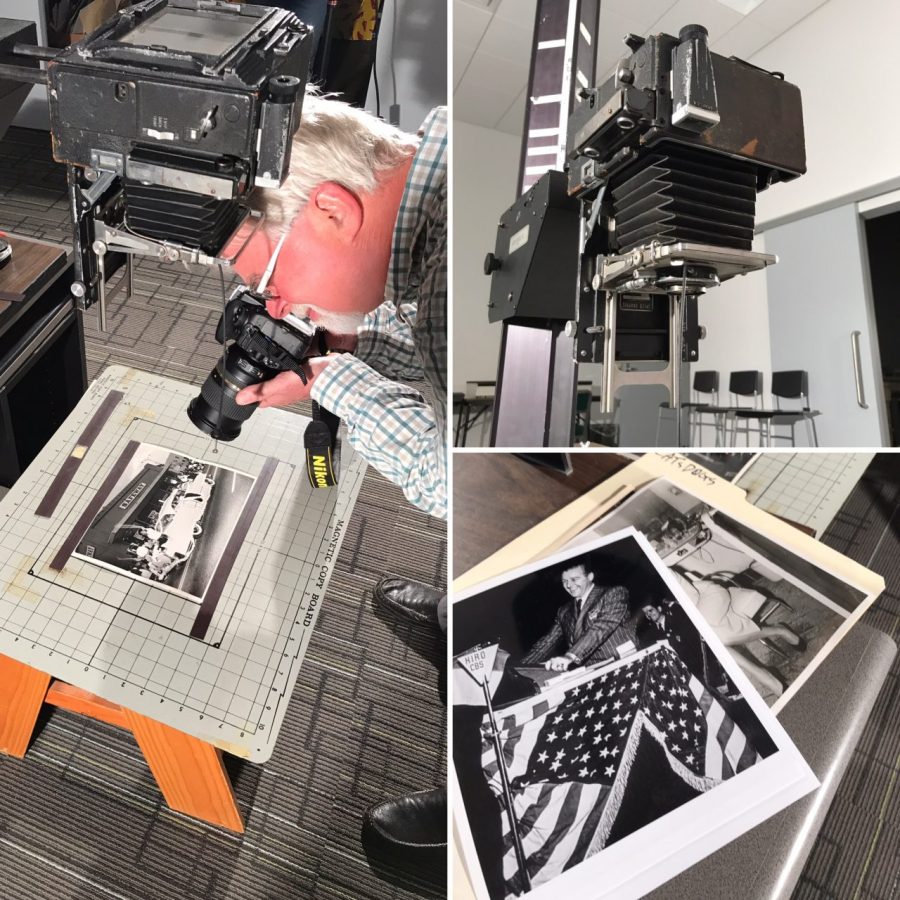Al Smith received his first camera as a gift at the age of twelve, sparking a lifelong passion for photography.
He fell in love with the art form as he began to capture images of the Central District communities he grew up in—both the close–knit West Indian immigrant community of his family and the diverse group of Irish, Italian, Japanese, and African American kids who were his childhood friends.

As a young man in the 1930s, Al traveled the world as a steward on steamships. In 1939, he returned to Seattle from his final voyage and brought with him a professional camera. As Al married and started to raise a family, he also began to explore his own city with the curiosity that had carried him across the world. He carried his camera wherever he went, capturing friends and family, meeting and gatherings, and the vibrant social life of the Central District in the 1940s, ’50s, and ’60s.
Al never stopped taking photographs. Later in life, he returned to the photos he took in his earlier days and began the process of organizing and sorting them. When Al Smith passed away in 2008, he left an unparalleled document of the city’s history.
